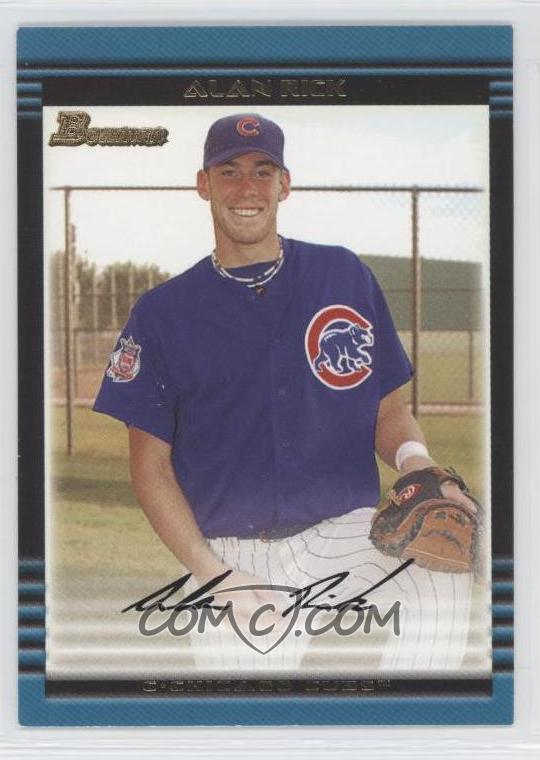Earlier this week, my laptop's charger broke. Specifically, this bit:
These parts cost 2 cents a piece on alibaba.com, but I have no need for the wholesale quantities I'd have to buy to get that price. I could solve my problem with a universal laptop charger which many electronics and office supply retailers are eager to sell to people in a similar position as I. But they run at least $70, which compares unfavourably to the $20 for a minimum order of the bit I actually need. I'd rather take the $50 savings and hold on to 999 of these things in case I ever to take up model boating and need ballast.
With neither solution all that promising, I took a bit of inspiration from the desperate and unskilled people whose photos populate
There, I Fixed It and set about fixing my laptop with whatever is handy. After all, the problem really comes down to two wires, so this can't be that hard to sort something out.
A good first step for something like this is taking it apart, a fate that befalls the majority of my possessions. Especially the ones that use electricity.
Panels underneath come off to display the RAM, processor and fan. Battery, hard drive and wireless card have already been removed. This is already farther than people with and Apple product would get, but I'm nowhere close to being done.
Keyboard is removed, screen remains to pinch my fingers as I pry the plastic shell apart. That screen isn't factory original, I switched that one out after I damaged the lower-left corner with some Windex.
The large blue thing is the motherboard of the laptop, and it's this part that I need to work with. It's not exactly the brain of the computer, but it certainly represents the rest of the central nervous system.
To continue with that biology metaphor well past where it should go, I apply a large amount of heat to its mouth and directly connect a feeding tube that can never be removed. Less obtusely, I solder a wire directly to the motherboard so it can't ever come off. Here's a blurry picture.
For the benefit of my readers who are not intimately familiar with the inner workings of an Acer Aspire 5515 and its charger, this is the positive line. The negative is set to touch the silver piece through which the positive wire has been inserted. This line could have been soldered to the small silver box there, but I had enough of the previous power connector left intact, so I did this:
I trim it down just a little bit so it doesn't touch the positive feed. This is a very important step as without it the room fills with the smell of ozone. Knowing that I'm probably safe, I begin to put everything back together. Sadly, not everything fit so I start cutting bits of plastic away until everything might fit, resulting in this:
I'm relieved to find that this special modification accommodates my other special modifications and everything fits together as good as it ever will.
This bring me to the moment of truth, where I haphazardly attach wires together, toss on a bit of electrical tape and hope to produces a green light of success.
When people do things like this to their homes, real estate agents say it adds "character" and it becomes a "selling feature". When I do this to thing I'm told it "violates the manufacturer's warranty" and might be a "fire hazard."
Putting a laptop back together is slightly easier than taking it apart, and there is always the bonus of left over screws at the end of the day. I appreciate that companies over engineer their creations to the point where a few missing screws won't negatively impact the performance of the device. If anyone from Acer reads this, send me your address and I'll mail you the spare screws as a gesture of my thanks.
I was very pleased that my repair works, and am even happier when I inadvertently restore functionality to the left button of the touch pad. My battery also lasts longer now, which doesn't make any sense, but I won't complain.
Those successes aside, I am not done. The wires I've soldered on are a little flimsy and there is a large hole in the case that probably should be plugged.
Hot glue solves both of these problems at once, so I apply a little more than enough to get the job done.
And now I have a perfectly working laptop that nobody would ever want to steal because it is literally held together with tape and glue. Next up will be classing up the whole operation with some sort of quick connect mechanism because I dislike carrying electrical tape with me everywhere. I think 1/4" headphone plugs would be best.





















